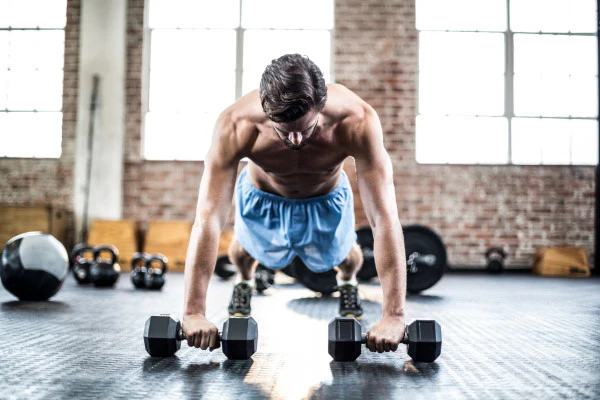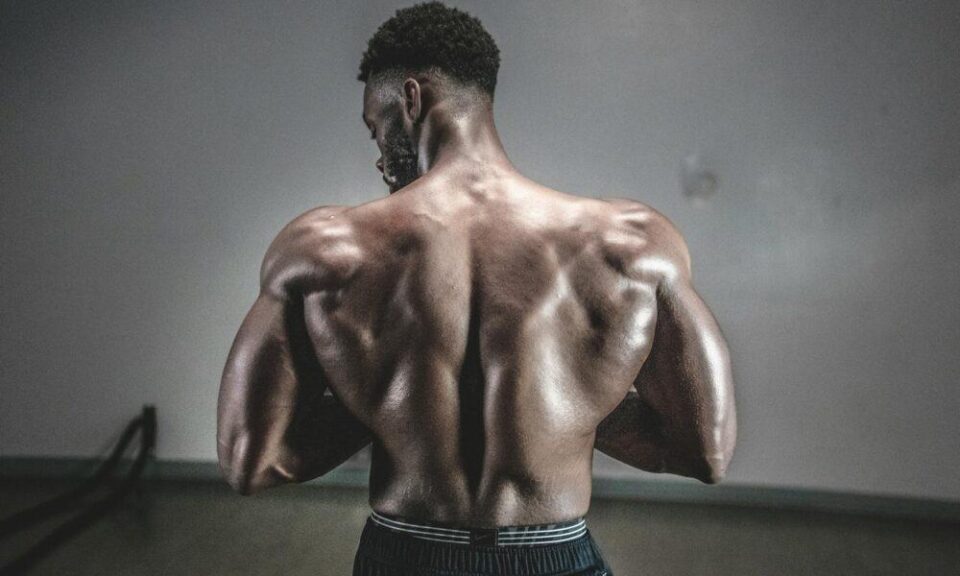When thinking about fitness, most people in the U.S. focus on the mirror muscles, biceps, chest, and abs quickly come to mind. It’s no surprise, given that the “work hard, play hard” American lifestyle often prioritizes quick, visible results. But focusing solely on these prominent muscles creates imbalance, leaving other crucial muscle groups neglected. These overlooked muscles are just as important, not only for overall strength but also for injury prevention, mobility, and long-term health.
Here are some of the most ignored muscle groups and why they matter.
1. Glute Medius
The glute medius is part of your gluteal group, located on the outer part of your hip. While the larger gluteus maximus often steals the spotlight for aesthetics, the glute medius plays a critical role in stabilizing the pelvis and supporting lateral movements.
A weak glute medius can lead to poor posture and injuries like knee pain, hip pain, or lower back discomfort. For runners, it’s particularly important, as weak glutes can cause inefficient stride patterns.

2. Serratus Anterior
This thin, saw-like muscle sits on the sides of your rib cage and plays a key role in shoulder movement and stability. It helps move the scapula and allows for a full range of arm motion.
Neglecting your serratus anterior can lead to shoulder instability, poor overhead strength, and even rotator cuff injuries. For those who spend hours at a desk (something many Americans can relate to), this muscle tends to weaken over time.
3. Transverse Abdominis (TVA)
The deepest abdominal muscle, the transverse abdominis, acts as your body’s natural corset. It stabilizes the spine and pelvis, forming the foundation of strong core movement.
Ignoring the TVA can result in lower back pain, poor posture, and limited athletic performance. Engaging this muscle correctly impacts every movement, from lifting groceries to deadlifting at the gym.
4. Rhomboids
These muscles, located between the shoulder blades, are responsible for retracting the scapula and maintaining good posture. Unfortunately, they are often overshadowed by the larger traps and latissimus dorsi.
With an increasingly screen-focused lifestyle, many Americans develop rounded shoulders and forward neck posture, which the rhomboids could help correct. Strong rhomboids balance chest and shoulder muscles for better alignment.
5. Hip Flexors
The hip flexors, including the iliopsoas, play a key role in lifting your knees and bending at the hips. Hours of sitting often leave these muscles tight but weak. Tight yet underdeveloped hip flexors can lead to lower back pain, difficulty with functional movements, and reduced athletic performance.
Conclusion
Many Americans adopt quick, convenient fitness routines to balance busy lives. However, neglecting these less glamorous muscles can create imbalances that lead to pain, injuries, and reduced performance. Incorporate intentional exercises targeting these overlooked muscle groups into your workouts. Not only will you move better and feel stronger, but you’ll also create a more balanced and injury-resistant body.

